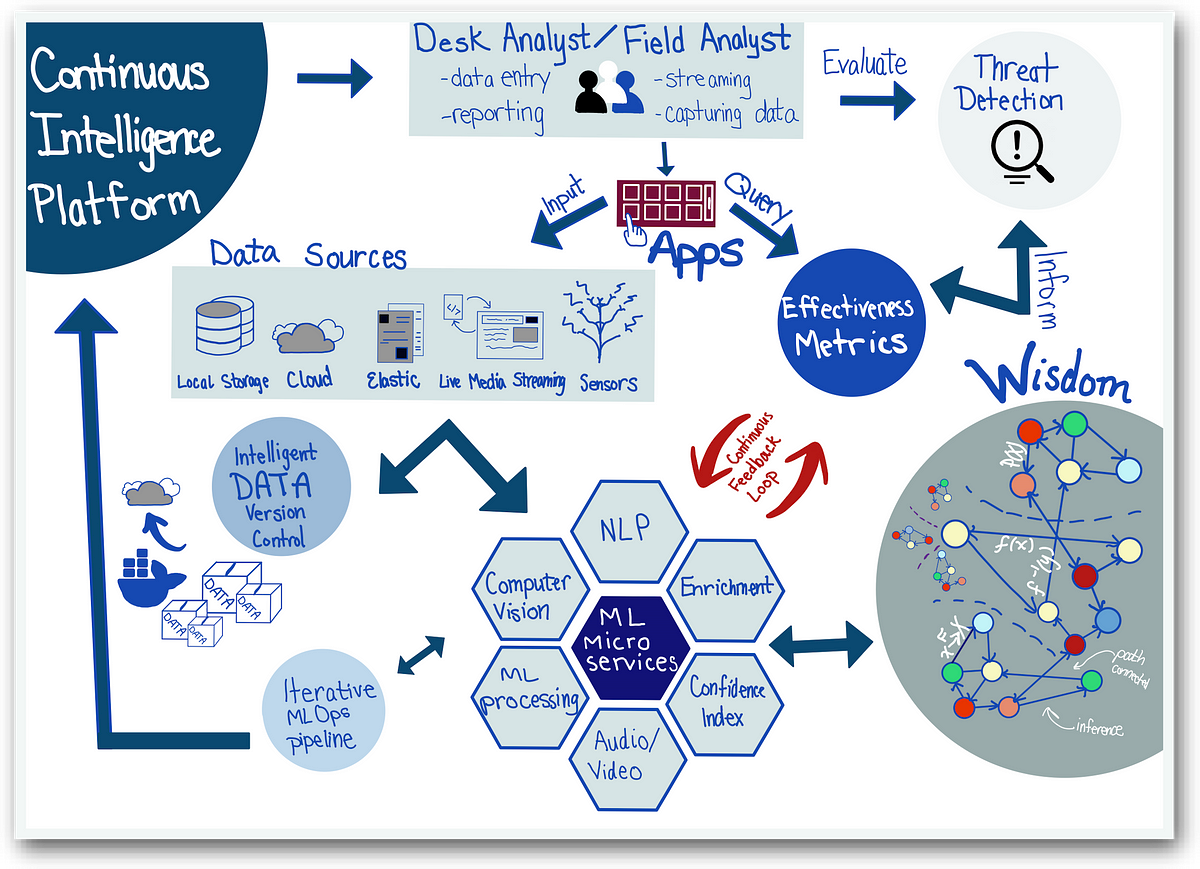Graph Databases are the (not-so-) new must-have in your tech stack. Over the past few decades, more and more tech giants (Facebook, Twitter, and Google leading the way) have started migrating data into graph databases to not only store and retrieve data in a highly scalable way, but also incorporate models on graph structures to produce highly effective recommendations.
What makes graph databases so enticing to these companies with gargantuan data? And can the public sector benefit from this technology in similar ways?
What differentiates Knowledge Graphs from RDBMS?
RDBMS Basics
Relational Database Management Systems (RDBMS’s) refers to databases that store their data in a structured format with rows and columns, and have a schema that demonstrates the linkage between different tables within a database. RDBMS’s are generally queried with SQL (Structured Query Language) or a similar equivalent, and are great for fairly static (non-changing) and normalized data structures.
To give a basic use case of RDBMS, let’s pretend we are starting a company called GovBook, the government equivalent of Facebook, that allows users to register for an account, submit government documents, and interact with government officials in a social setting. There are thousands of data attributes being captured for each person, which each must get placed into a specific table in a database. We could structure our database schema to have a User Registration table, containing all information for a user that is given during registration, and a Documents table, containing a link to a pdf for every Document that a user has uploaded to the system. There would be some kind of unique identifier, called a **primary key, **to differentiate users in the User Registration table, and this key would also serve as the foreign key to link the two tables to each other.
#data-management #data-science #neo4j #graph-database #analytics
